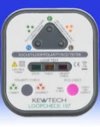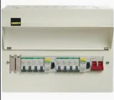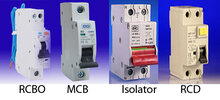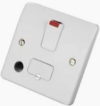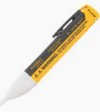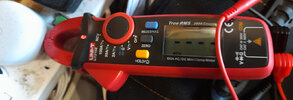The dishwasher socket has stopped working.
The dishwasher stopped. After diagnosing, I found the socket had no power.
Wondering what I should do?
Is there a fuse inside of the socket?
Should I investigate further to check there is no damage to the wiring?
I've never used an electric screwdriver... but I've seen them used to check for electricity. Should I take a crash course (5 minutes) on how to use and check this out?
Thanks.
The dishwasher stopped. After diagnosing, I found the socket had no power.
Wondering what I should do?
Is there a fuse inside of the socket?
Should I investigate further to check there is no damage to the wiring?
I've never used an electric screwdriver... but I've seen them used to check for electricity. Should I take a crash course (5 minutes) on how to use and check this out?
Thanks.


